Terunobu Fujimori’s Kodomari Fuji guest house features a roof lined with cherry trees
Cherry trees line the roof at Kodomari Fuji, Terunobu Fujimori's first accommodation facility design, a private guest house in Japan
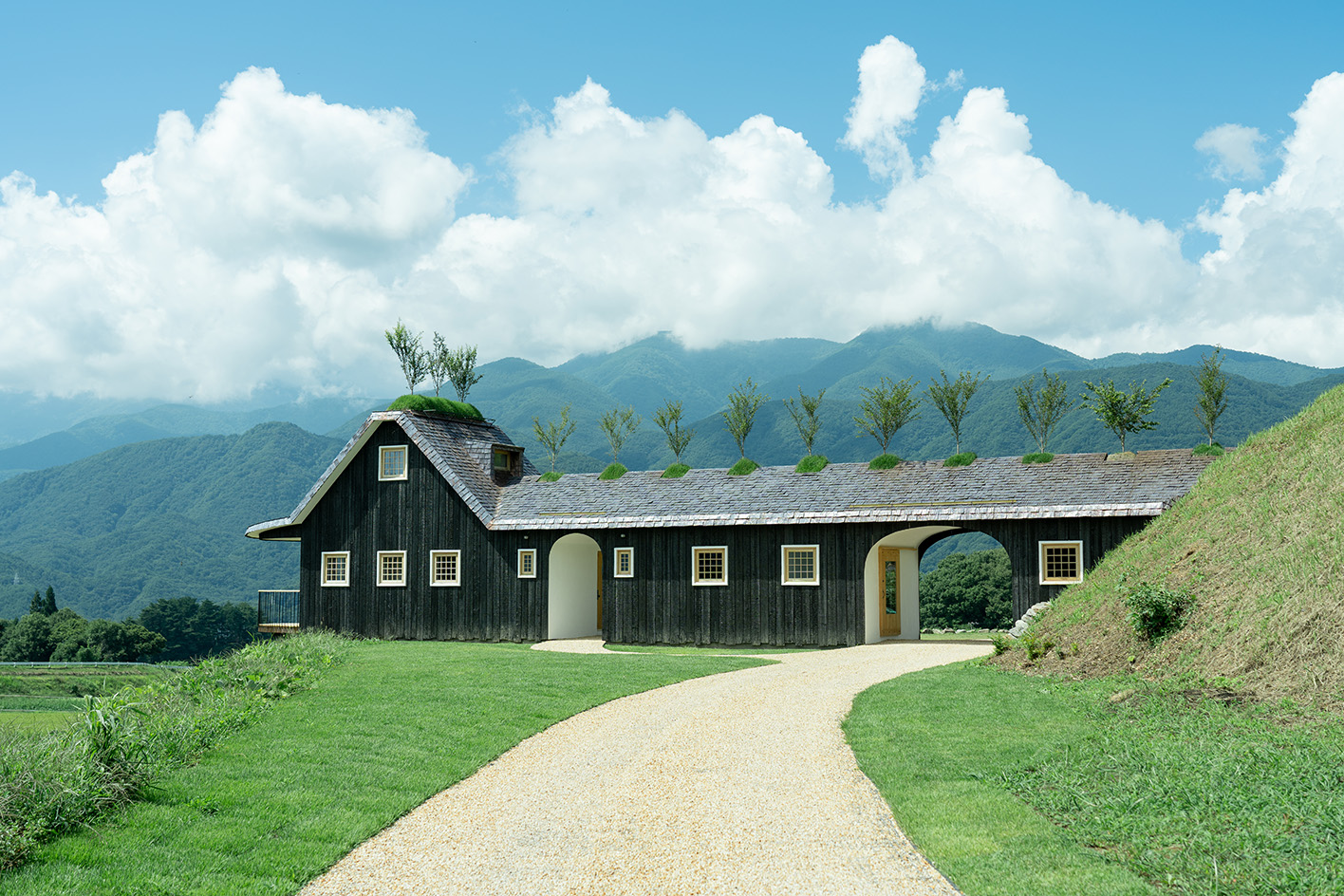
Kodomari Fuji, a recently opened, private guest house, exemplifies Japanese architect and architectural historian Terunobu Fujimori's signature offbeat architectural style and idiosyncratic approach, placing nature at the forefront. The words playful and whimsical – both often associated with, and suitably descriptive of Fujimori's structures – are equally applicable to this latest project, his very first accommodation facility design in Japan.
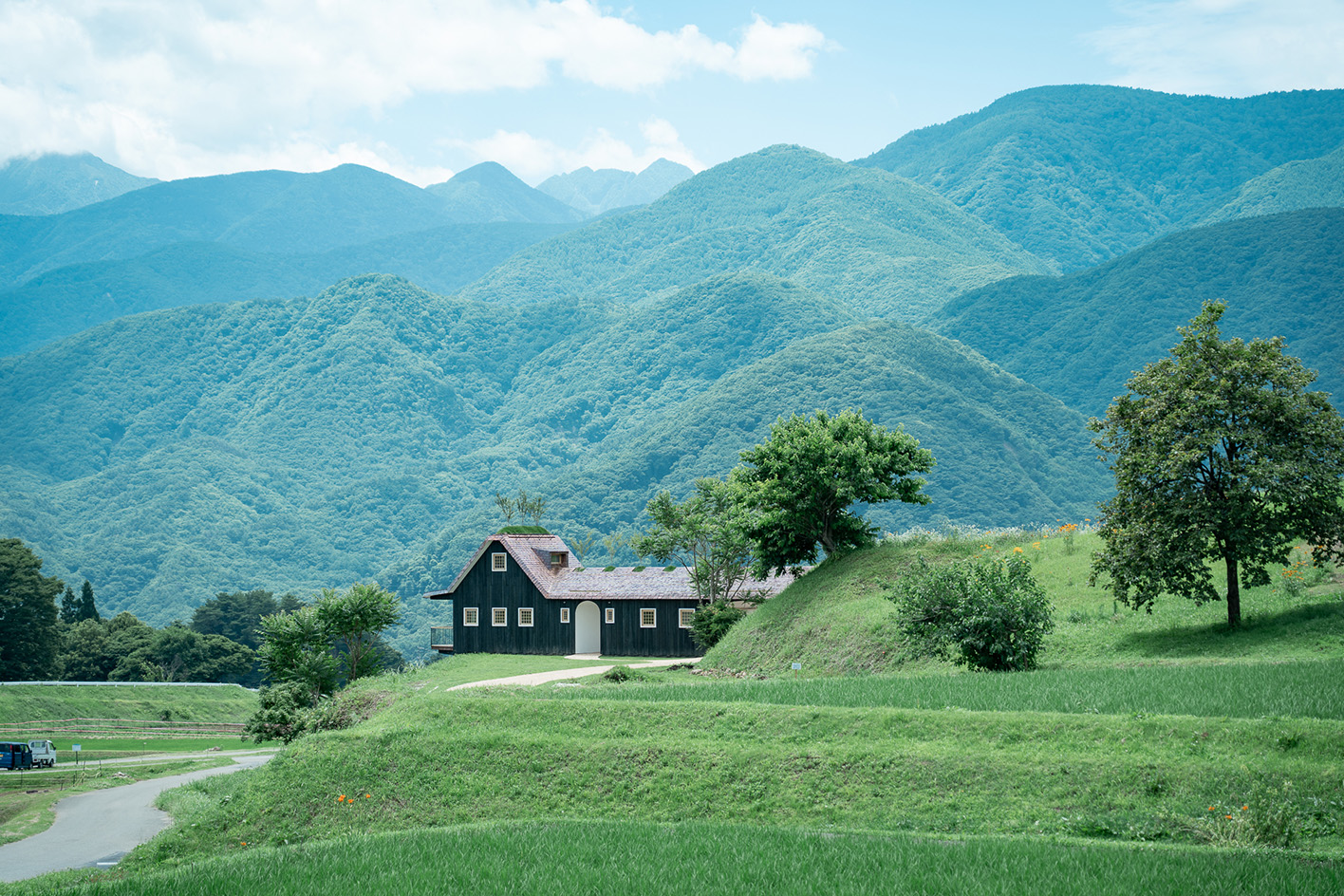
The nature-inspired design of Kodomari Fuji by Terunobu Fujimori
Situated on a former rice field that was left dormant for decades, the private villa occupies a 4,000 sq m site offering undisturbed views of its surrounding, rural landscape. Resembling a large wooden ship overlooking a 'sea' of rice paddies, the elongated building features the architect's handcrafted architectural elements of charred timber cladding, hand-battered copper roof plating and hand-plastered white walls. Along the roof sits a row of planted cherry trees inspired by the village's local icon, a 300-year-old weeping tree of the same species, located just metres away from the property.
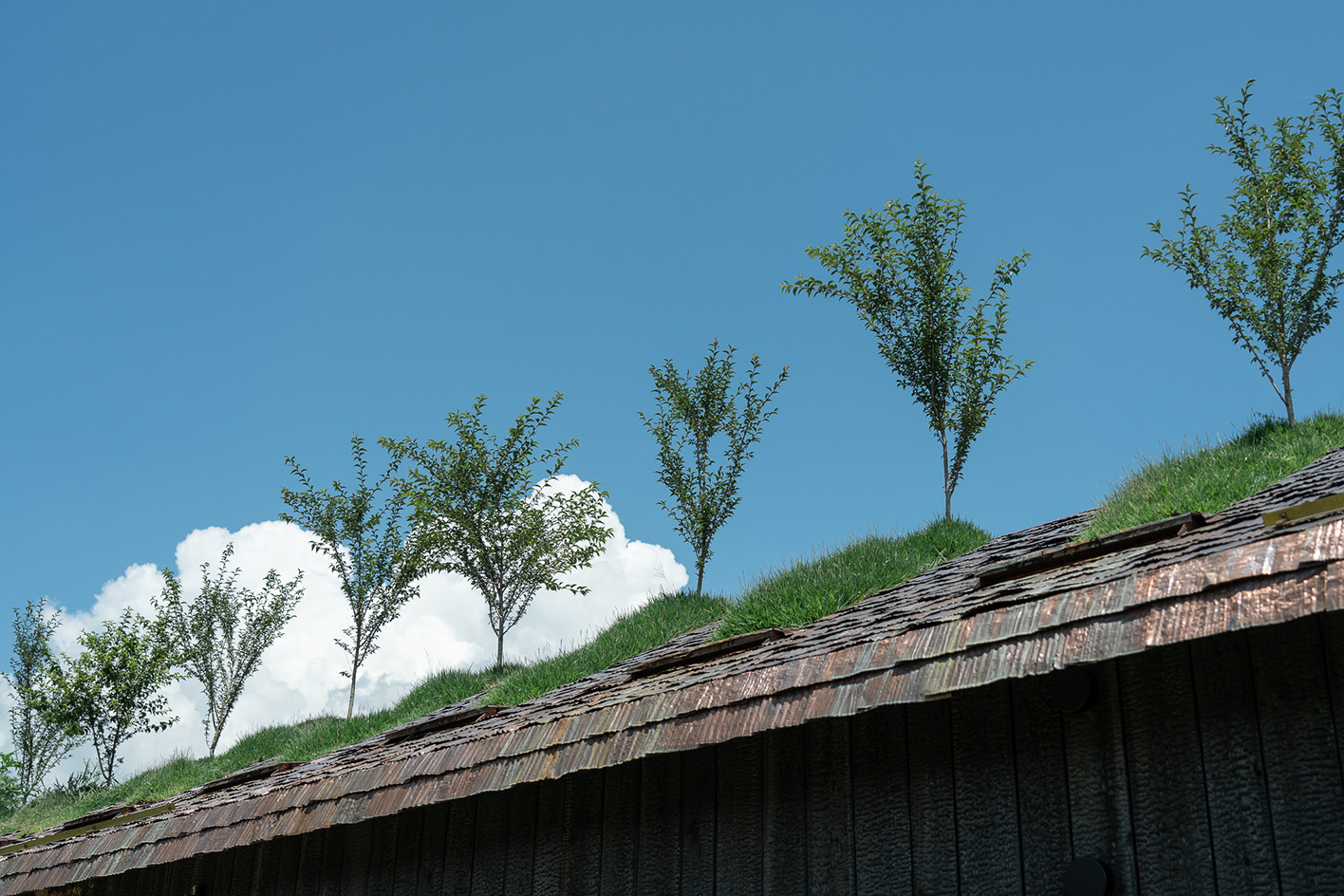
Nestled in Fujimi, a remote village bordering Japan’s mountainous Nagano prefecture and Yamanashi prefecture, the building overlooks Japan's Southern Alps, with Mount Fuji even seen in the far distance. Whilst the owners provided a completely open architectural brief, Fujimori focused the design around the landscape's panoramic views. He explains: ‘My main intention was to pass the axis from the cherry blossoms in the background towards Mount Fuji.'
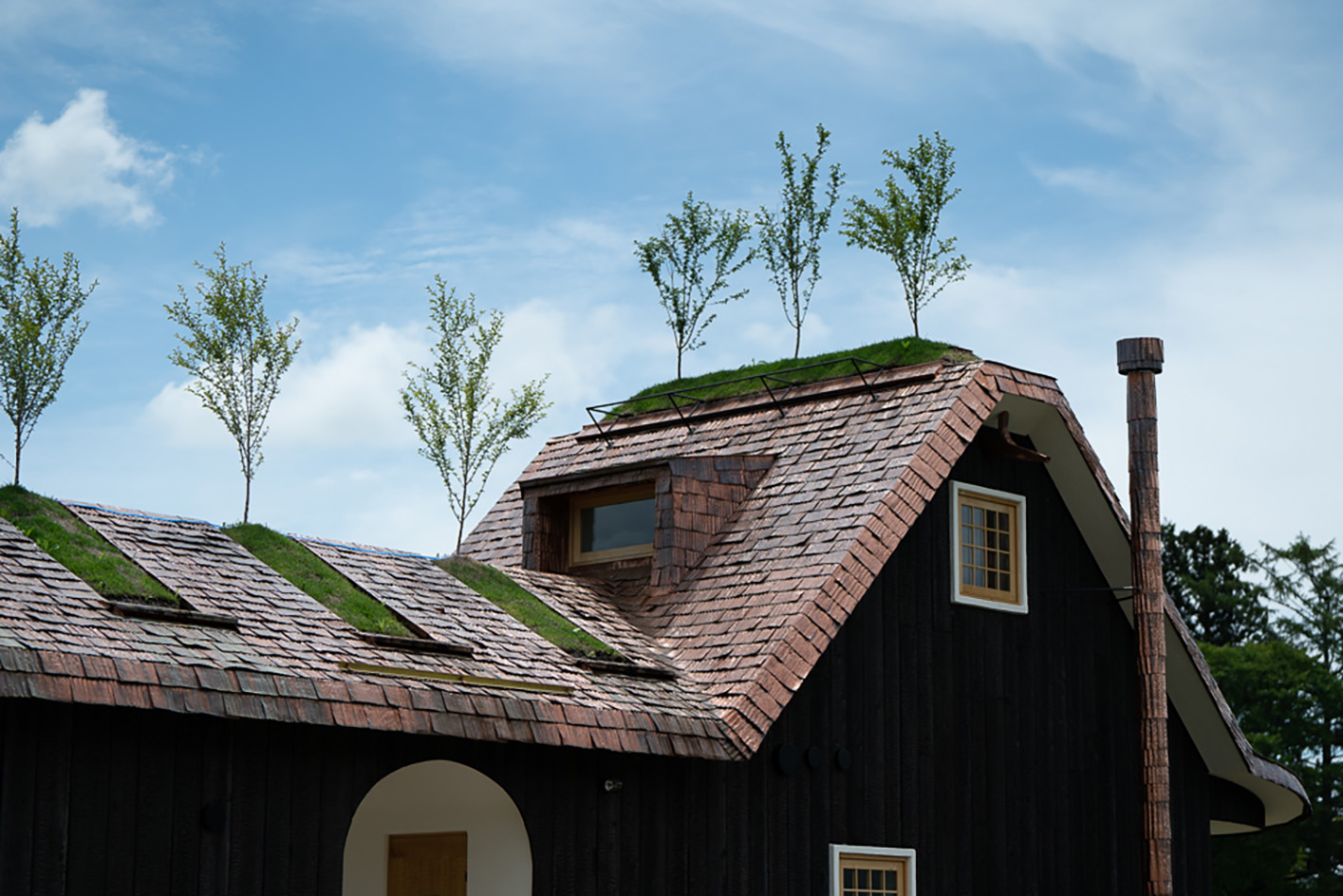
Fujimori, known for his unconventional and wildly imaginative structures that exert a sense of jovial innocence – such as his suspended 'floating' teahouses or Tampopo (Dandelion House) residence – often refers to historical contexts, basic dwellings and traditional methods of construction in his designs. Self-described as an ‘architectural historian drawn to ancient housing solutions’, Fujimori's approach for Kodomari Fuji was simply finding ‘harmony with nature’.
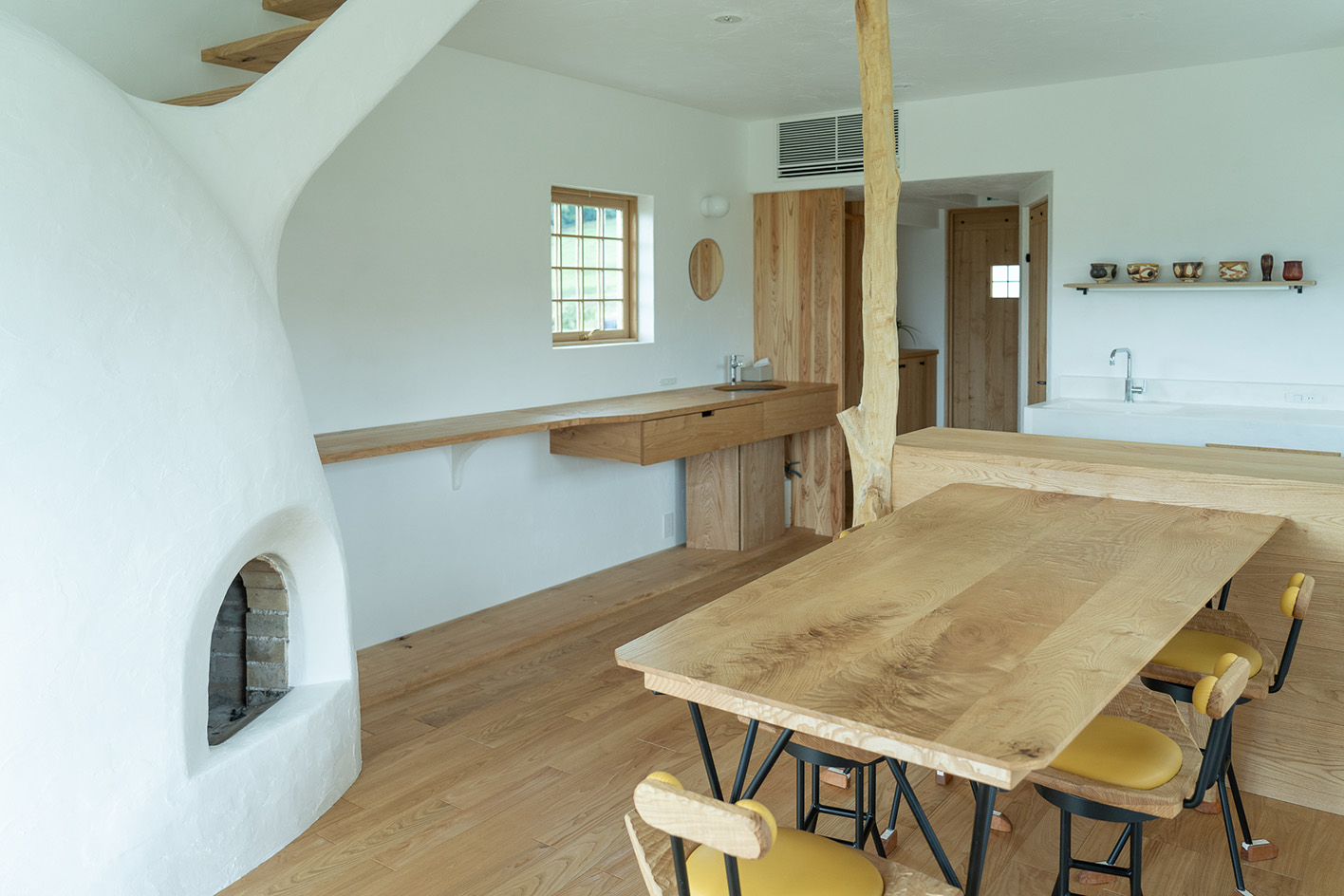
Accommodating just one group booking per day, the 'small private villa' is comprised of three segmented spaces forming an entire volume; inclusive of a main bedroom, storage room, and dining and kitchen space with second floor lounge area. The main dining area connects to a large outdoor balcony and open deck, intentionally primitive in form so as not to detract from the scenic views. Fujimori also designed the interior furniture, creating a custom large, central table with chairs and overhead lighting, in addition to a working fireplace with a hand-battered copper-cladded chimney visible from the exterior.
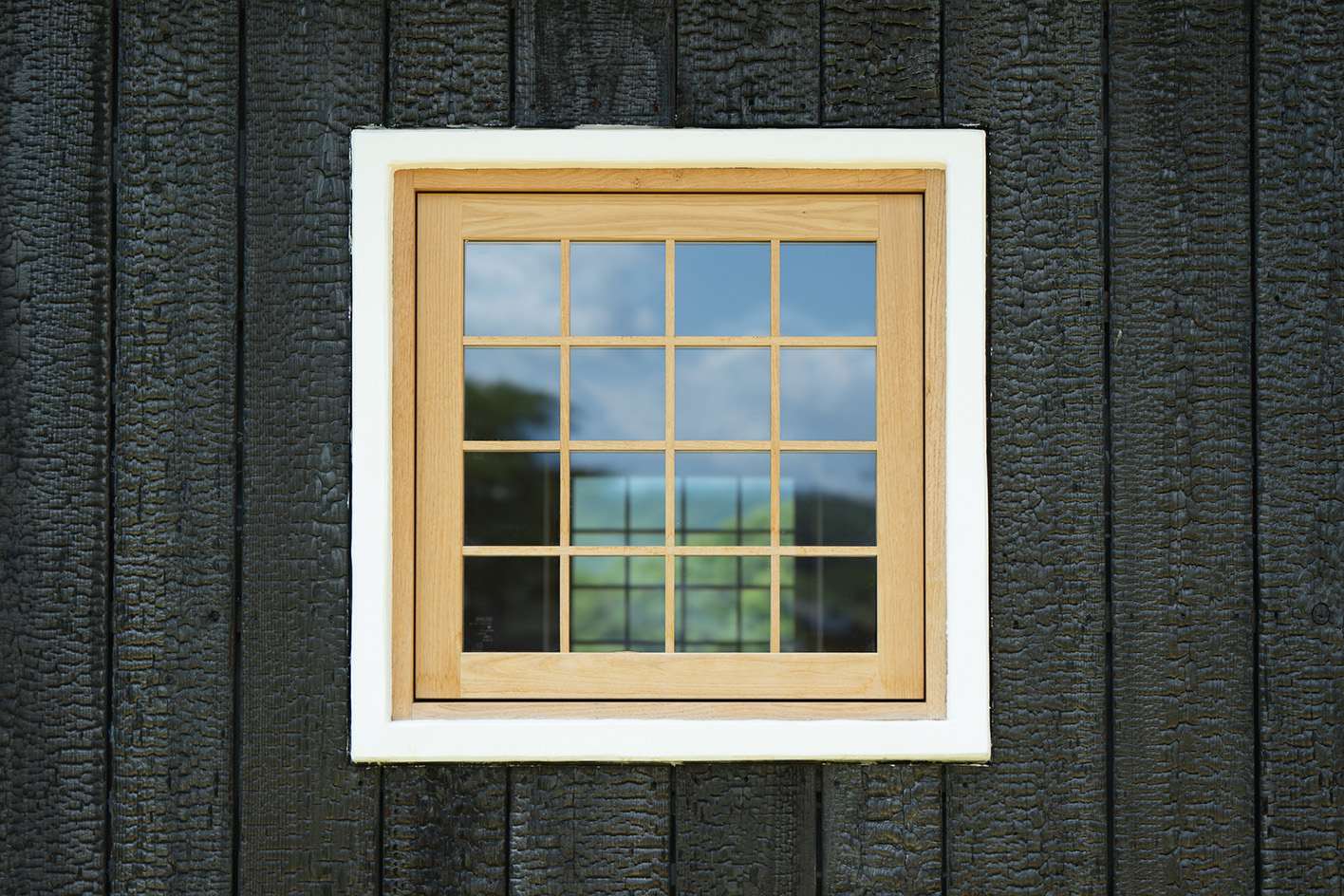
Initiated by husband-wife owner duo Noriko and Kazunori Yamakoshi, the project was first envisioned 13 years ago by Noriko Yamakoshi, who approached the architect with the idea. Fujimori, who comes from the Nagano region, took over a decade to finally agree to the project, which was financially achieved through crowdfunding efforts over the course of a year.
Nature, Fujimori believes, has always played a secondary role in architecture, something he aims to change to create an 'equilibrium of value for plants'. Continuing this philosophy for the future, the owners aim to revive the neighbouring rice fields and plant new trees, where the building can gradually ‘blend into its environment'.
Wallpaper* Newsletter
Receive our daily digest of inspiration, escapism and design stories from around the world direct to your inbox.
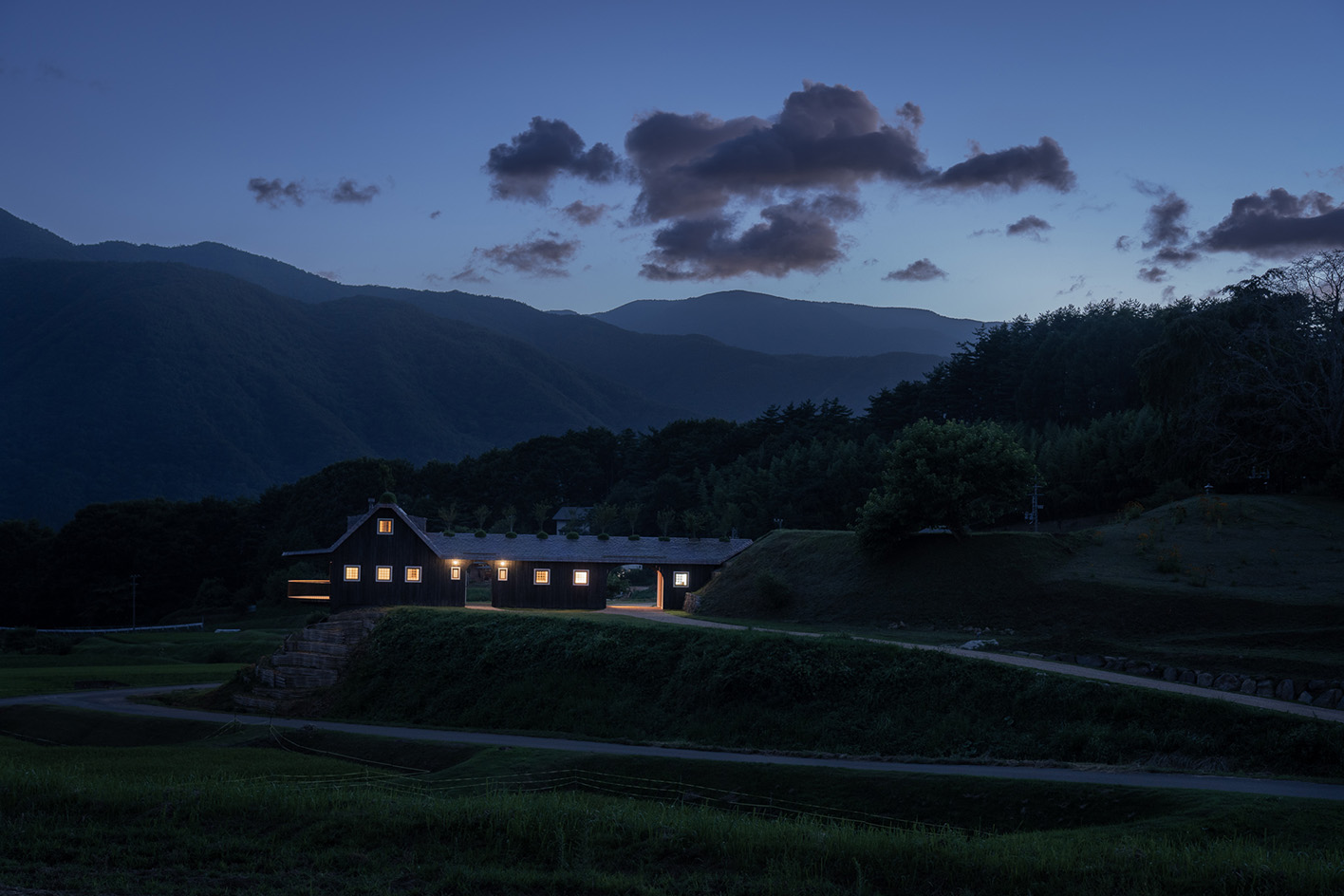
Joanna Kawecki is a Tokyo-based design journalist and consultant. Living in Japan since 2013, she writes extensively about architecture, design and travel, interviewing leading industry figures such as Kengo Kuma and Naoto Fukasawa. She is co-founder of Ala Champ Magazine and design brand IMI Japan, working with craftspersons across the country’s 47 prefectures exploring traditional artisans to innovation entrepreneurs.
-
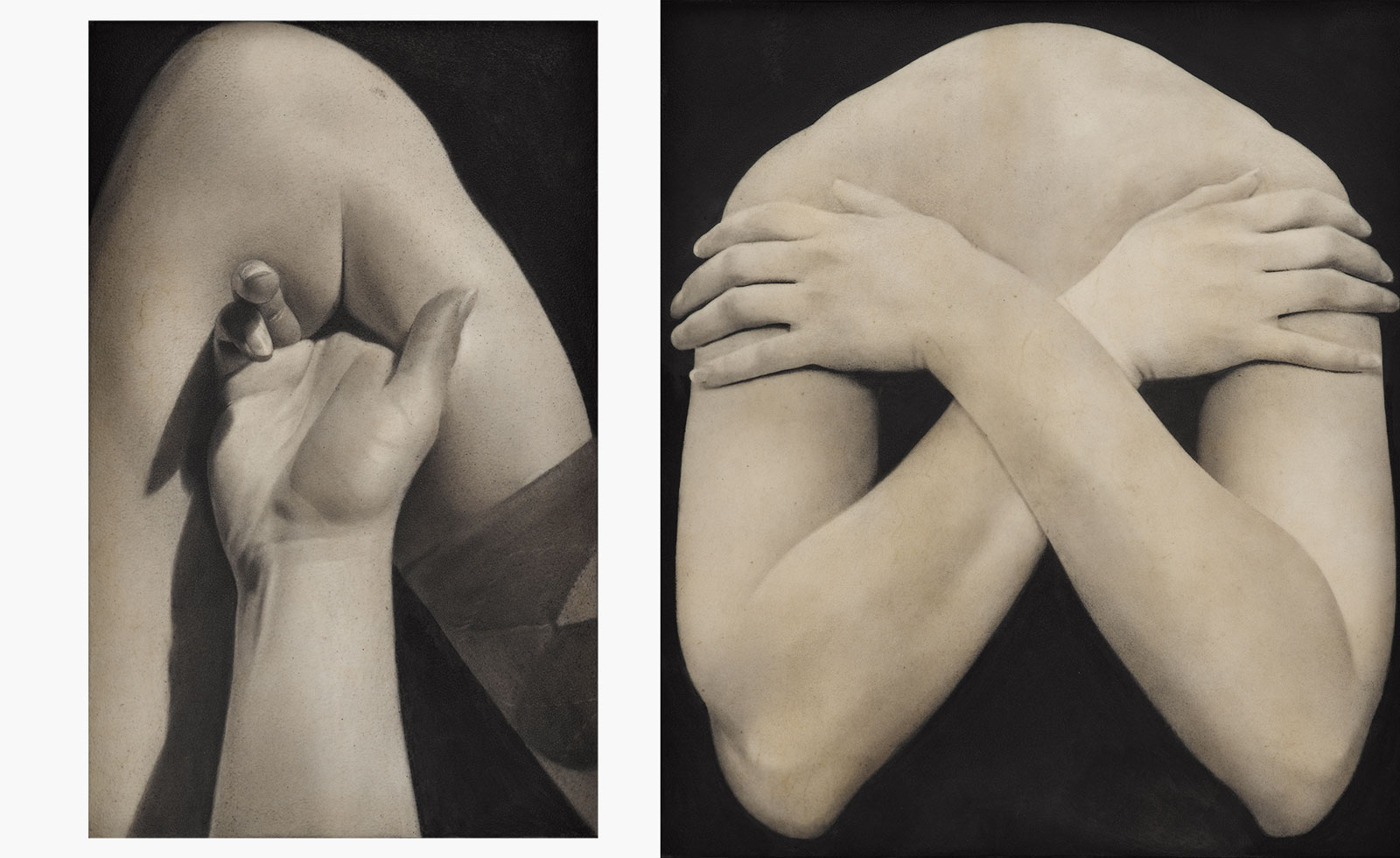 Put these emerging artists on your radar
Put these emerging artists on your radarThis crop of six new talents is poised to shake up the art world. Get to know them now
By Tianna Williams
-
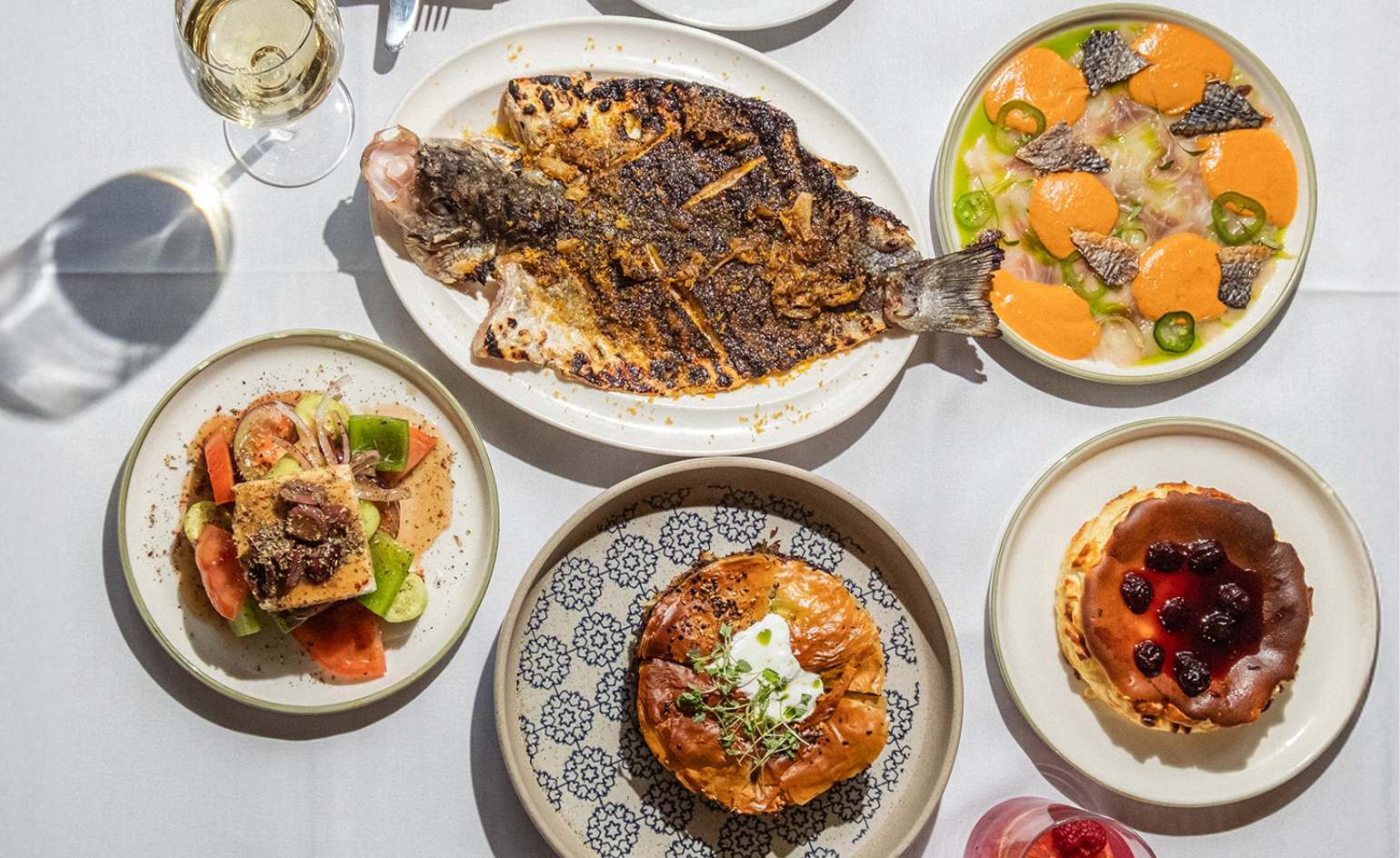 Dining at Pyrá feels like a Mediterranean kiss on both cheeks
Dining at Pyrá feels like a Mediterranean kiss on both cheeksDesigned by House of Dré, this Lonsdale Road addition dishes up an enticing fusion of Greek and Spanish cooking
By Sofia de la Cruz
-
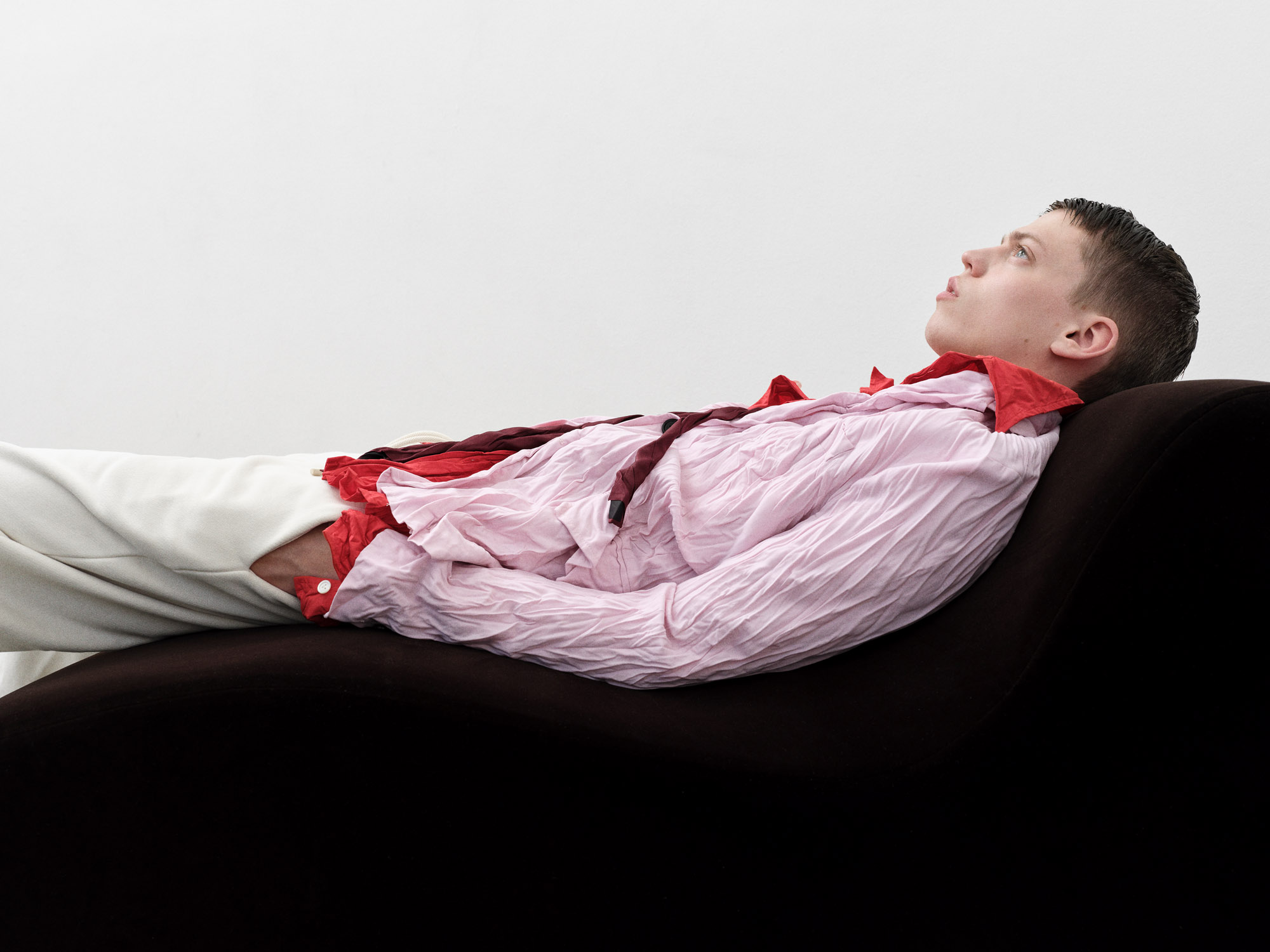 Creased, crumpled: S/S 2025 menswear is about clothes that have ‘lived a life’
Creased, crumpled: S/S 2025 menswear is about clothes that have ‘lived a life’The S/S 2025 menswear collections see designers embrace the creased and the crumpled, conjuring a mood of laidback languor that ran through the season – captured here by photographer Steve Harnacke and stylist Nicola Neri for Wallpaper*
By Jack Moss
-
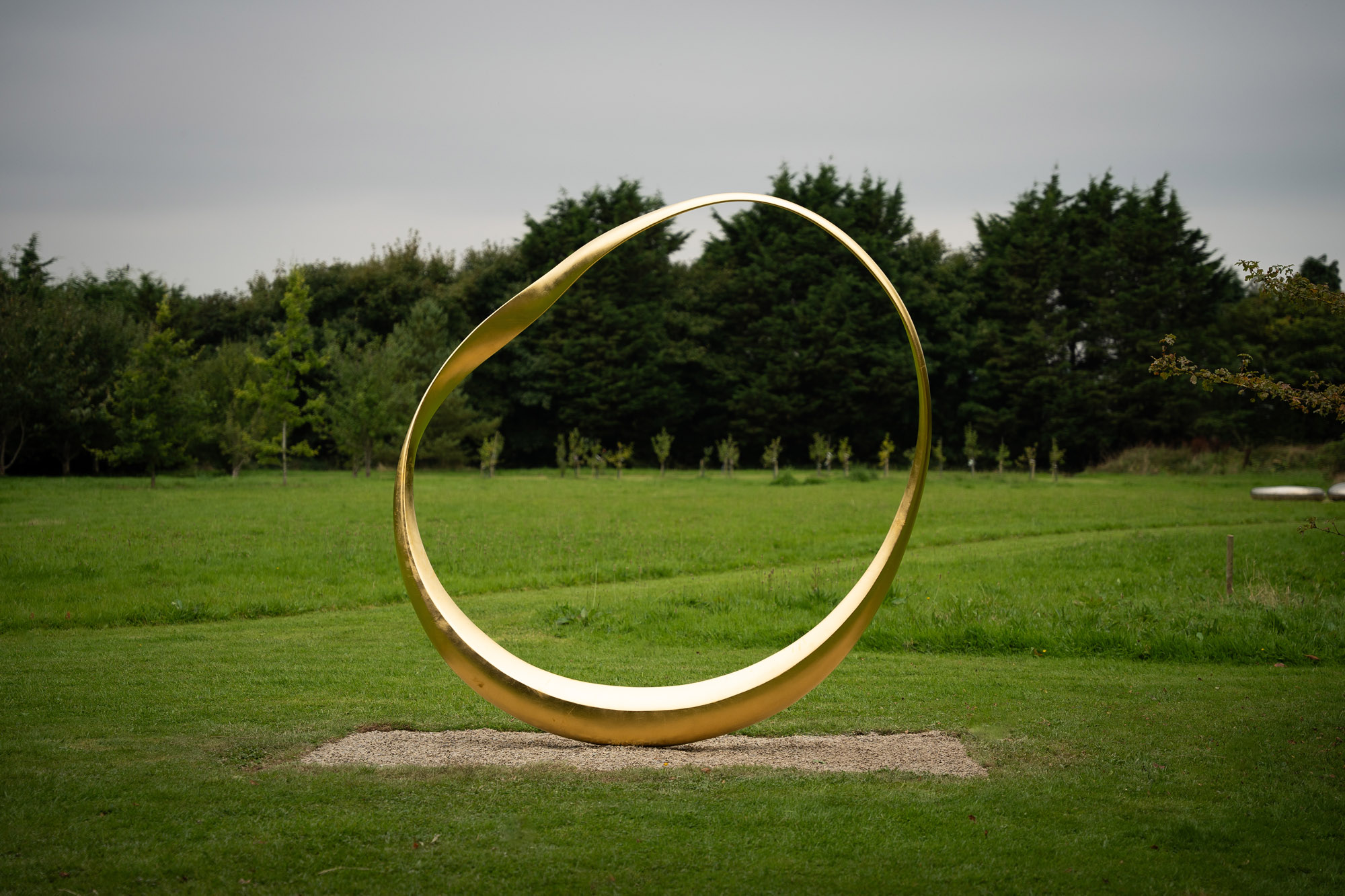 2025 Expo Osaka: Ireland is having a moment in Japan
2025 Expo Osaka: Ireland is having a moment in JapanAt 2025 Expo Osaka, a new sculpture for the Irish pavilion brings together two nations for a harmonious dialogue between place and time, material and form
By Danielle Demetriou
-
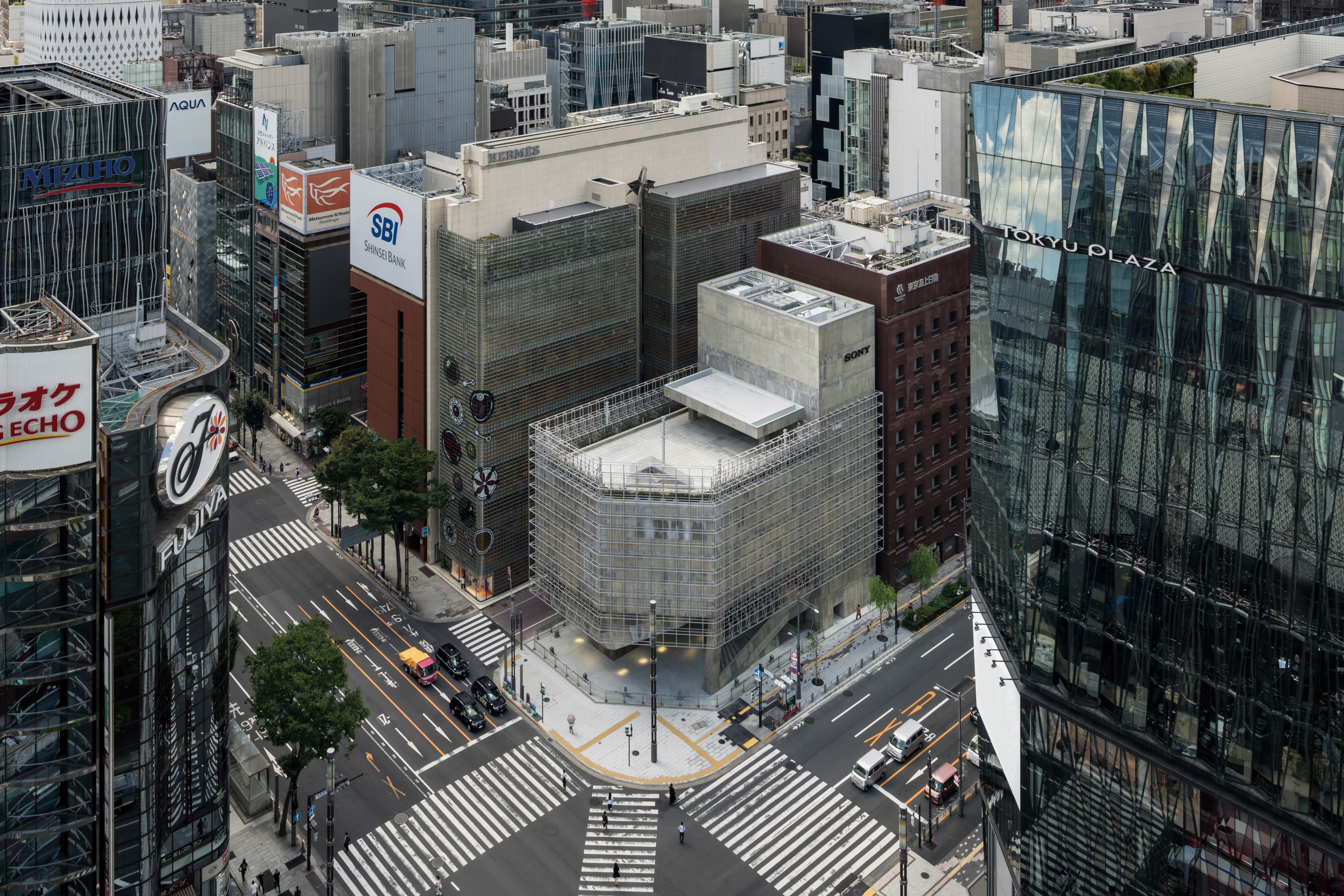 Tour the brutalist Ginza Sony Park, Tokyo's newest urban hub
Tour the brutalist Ginza Sony Park, Tokyo's newest urban hubGinza Sony Park opens in all its brutalist glory, the tech giant’s new building that is designed to embrace the public, offering exhibitions and freely accessible space
By Jens H Jensen
-
 A first look at Expo 2025 Osaka's experimental architecture
A first look at Expo 2025 Osaka's experimental architectureExpo 2025 Osaka prepares to throw open its doors in April; we preview the world festival, its developments and highlights
By Danielle Demetriou
-
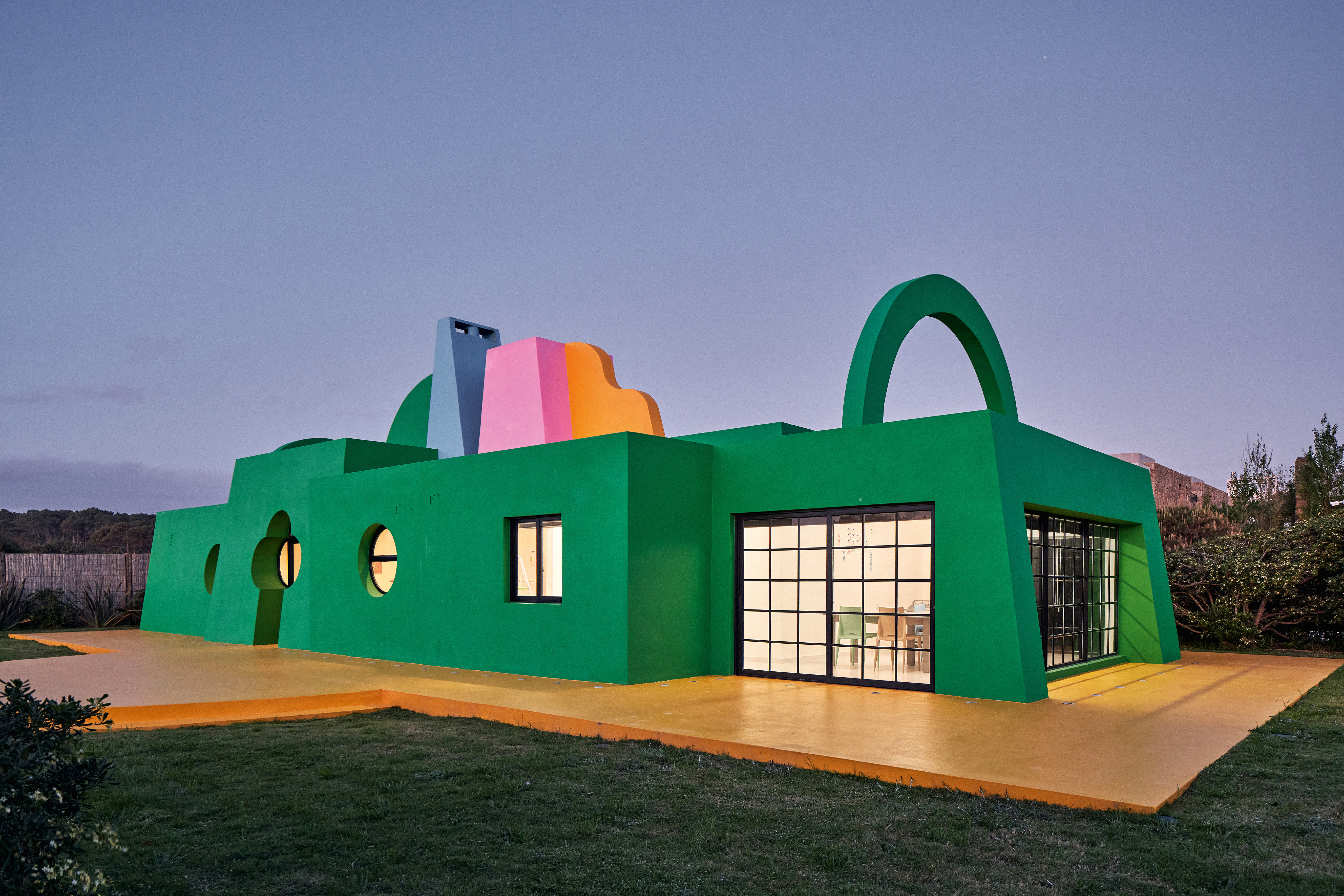 Ten contemporary homes that are pushing the boundaries of architecture
Ten contemporary homes that are pushing the boundaries of architectureA new book detailing 59 visually intriguing and technologically impressive contemporary houses shines a light on how architecture is evolving
By Anna Solomon
-
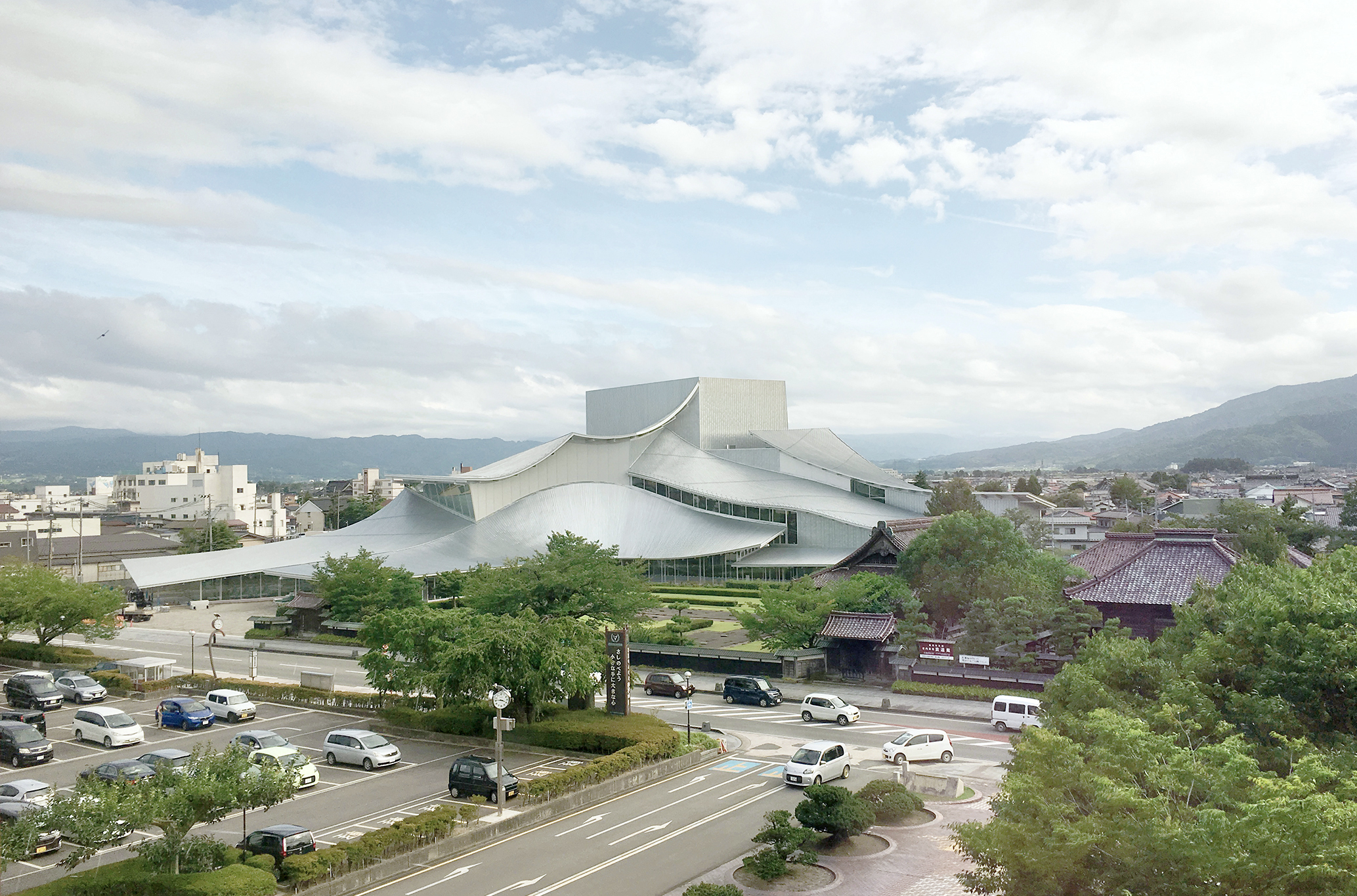 And the RIBA Royal Gold Medal 2025 goes to... SANAA!
And the RIBA Royal Gold Medal 2025 goes to... SANAA!The RIBA Royal Gold Medal 2025 winner is announced – Japanese studio SANAA scoops the prestigious architecture industry accolade
By Ellie Stathaki
-
 Architect Sou Fujimoto explains how the ‘idea of the forest’ is central to everything
Architect Sou Fujimoto explains how the ‘idea of the forest’ is central to everythingSou Fujimoto has been masterminding the upcoming Expo 2025 Osaka for the past five years, as the site’s design producer. To mark the 2025 Wallpaper* Design Awards, the Japanese architect talks to us about 2024, the year ahead, and materiality, nature, diversity and technological advances
By Sou Fujimoto
-
 Tadao Ando: the self-taught contemporary architecture master who 'converts feelings into physical form’
Tadao Ando: the self-taught contemporary architecture master who 'converts feelings into physical form’Tadao Ando is a self-taught architect who rose to become one of contemporary architecture's biggest stars. Here, we explore the Japanese master's origins, journey and finest works
By Edwin Heathcote
-
 The Kumagaya House in Saitama is a modest family home subdivided by a soaring interior
The Kumagaya House in Saitama is a modest family home subdivided by a soaring interiorThis Kumagaya House is a domestic puzzle box taking the art of the Japanese house to another level as it intersects a minimal interior with exterior spaces, balconies and walkways
By Jonathan Bell